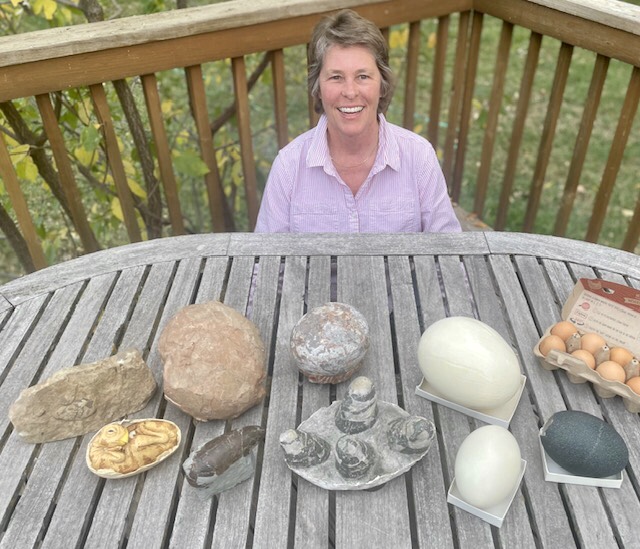Wellness and Teenagers
Adults have always worried about the health and well-being of our teens. The teen years are a vulnerable time of immense brain growth and of leaning into adulthood without fully understanding what it is. The neurodevelopment of critical areas of a teen’s brain makes them more receptive to both environmental factors and learning but also hinders key areas like executive function and planning, which fully mature later in their twenties.
Today the challenges teens face are external as well as internal and more concerning than ever before. Anxiety, depression, and suicide are notably on the rise paired with an increased pressure to get into college. Social media and cell phones have taken a toll on student health – a recent study found that 50% of teens felt addicted to their phones. Screens have impacted teens in other ways as well. Teens are sleeping less than they were a generation ago, and a 2016 study found that over 90% of U.S. high school students don’t get enough exercise to stay healthy. While teen smoking is down, vaping use has skyrocketed. Adults are right to worry about their student’s health and wellness.
“It’s tough being a teenager,” says Ashley Smith, CRMS’s Director of Counseling Services and a licensed clinical social worker who has been with the school for 16 years. “It’s always been tough, but now teenagers are facing a lot of extra stressors that maybe we didn’t have when we were growing up.”
Since its inception, CRMS has been acutely aware of the challenges facing this age. John and Anne Holden founded the school as an antidote to modern, easy living, and the antidote may very well be the school’s overarching emphasis on wellness. “The way CRMS is crafted is meant to promote well-being in kids,” says Smith.
From the homegrown food in the cafeteria to the strong community relationships fostered between peers and adults, to the emphasis on work ethic, academic rigor, and time spent outdoors, CRMS inherently encourages students not only to stay well but also to build positive, life-long habits.
Although Smith emphasizes that every year at CRMS promotes health and wellness, this year, in particular, has been designated as “The Wellness Year” and will expose students to best practices for living a healthy life. The Wellness Year not only coincides with the opening of a new $800,000 wellness facility on campus but also with the creation of a speaker series that will address various domains of wellness, from nutrition to mental health to addiction.
Wellness, itself, is an ambiguous term. Ask ten people for a definition, and you’re likely to get ten different answers. Smith defines wellness as “an umbrella term for wellbeing, meaning that emotionally, physically, psychologically, spiritually you’re doing well. You’re thriving.”
In addition to the components of wellbeing built into its programming, CRMS has an active annual agenda to expose the community to information about healthy living. Each year, CRMS dedicates a week to its Freedom from Chemical Dependency program, and students also attend classes in healthy relationships and mental health. Likewise, the staff receives training in topics ranging from trauma-informed education to suicide prevention. Having a full-time counselor on staff is equally important.
“It shows the school’s commitment to wellness and taking care of the kids,” says Smith. “And with the new Wellness Center, I feel like the school has taken this seriously and wanted to ensure students have a place for kids to go and find some support.”
Opening this month, the new Holden House Wellness Center is centrally located on campus and not only offers state-of-the-art facilities but also shows a cutting-edge dedication to the holistic practice of looking at the mind and body together. One side of the center will serve as the new health office with a waiting room, two exam rooms, and an infirmary. The counseling side of the center will include ample space for groups to meet and counseling offices.
“We’re separate but together,” says Smith, “because the school nurse and I do work closely together.”
According to one of the speakers coming to campus later this year, such an approach taps into best practices in the field. Andrew Romanoff, who served as Speaker of the House in the Colorado House of Representatives and who is now President and CEO of Mental Health Colorado, suggests that “we should probably end this practice of distinguishing mental illness from physical illness. It’s a bit of an artifact of an earlier era of science.”
Research increasingly promotes the integration of mental health not only into the primary care setting but also into the school setting to ensure students get access to the care they need and to normalize the experience of receiving mental health care. Romanoff’s organization recently looked at what happens when kids are referred for mental health services outside of a school. “Nine out of ten of them don’t get the care they need,” he says. “It’s a powerful argument for school-based mental health services. It makes a difference where the care is offered.”
Mental health is just one component of the speaker series coming to CRMS this year. Each topic is a critical driver of wellness on its own, but each also intersects with and impacts the others to create a well-rounded look at what it takes to live a healthy life.
“CRMS has always taken the health and wellbeing of its students seriously, and our program addresses it in so many ways,” says Head of School Jeff Leahy. He hopes that this year’s particular emphasis on health and wellness provides students with a potential new vision for how they perceive and receive what the school is already doing. “Maybe they see how Fall Trip can add to health and wellbeing, for instance. The connections are important.”
Smith, who will soon move into her new office which overlooks the river below campus, takes a more circumspect approach. “They may not put all these pieces together yet, but we’re offering many different places to teach kids about ways to have a better life. Through this whole journey, kids have the opportunity to get a look at several areas that might improve their lifestyle. So there’s no end goal in that. It’s more about providing resources to think about and tools to put into practice to live a better life.”
 MYCRMS
MYCRMS
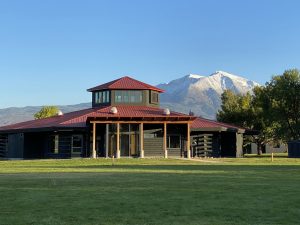
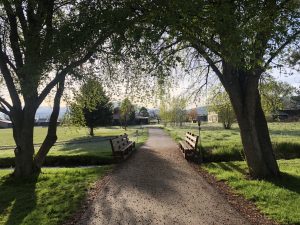
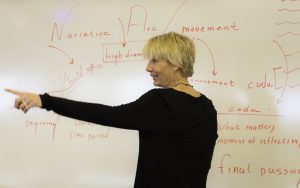
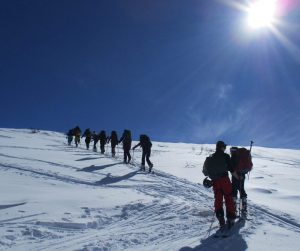

 Virtual Tour
Virtual Tour